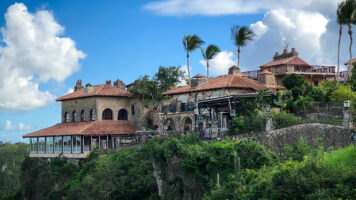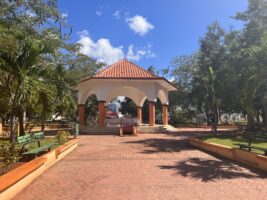Bazaars in Istanbul
The Grand Bazaar (Turkish: Kapalıçarşı, meaning ‘Covered Market’; also Büyük Çarşı, meaning ‘Grand Market’) in Istanbul is one of the largest and oldest covered markets in the world, with 61 covered streets and over 4,000 shops on a total area of 30,700 m2, attracting between 250,000 and 400,000 visitors daily.
Location: Istanbul Turkey
Completion date: After 1730
Beginning date: 1455
One of the largest and oldest covered bazaars in the world, the Grand Bazaar is 30,700 square meters with over 60 streets and alleys and 4,000 shops. The original historical core of the bazaar, İç Bedesten, was completed by Mehmet the Conqueror in 1461. A “bedesten” refers to an indoor arcade with shops and there are several areas within the bazaar referred to by this name.
Over the years, the Grand Bazaar expanded from this core of two bedestens to become a sprawling roofed complex of thousands of shops, fringed by the tradesmen’s inns and workshops known as hans. According to the Ottoman traveler Evliya Çelebi’s Seyahatname, by the seventeenth century the Kapalı Çarşı (or the Çarşı-yı-Kebir as it was known at the time) had reached its present size, with over 4,000 shops and nearly 500 stalls known in Turkish as dolap (literally translated to “cupboard”).
In addition, there were various other amenities for the merchants who worked there: restaurants, a hammam, and a mosque, as well as at least 10 smaller mescits, or prayer rooms. Today, this city-within-a-city contains a police station, a health dispensary, a post office, branches of most major banks, and a tourist information center.
In comparison with street names in the English-speaking world, those in Turkey are often very descriptive. The street names in the Grand Bazaar—referring to their original functions—are no exception. Takkeciler Caddesi is literally “Skullcap-makers’ Street” as takke means skullcap; Aynacılar Sokak was for sellers of ayna, or mirrors; Halıcılar Caddesi was where halı, or carpets, were sold; and Keseciler Caddesi was for vendors of the kese, the rough exfoliating cloth used in a hammam.
While today the Grand Bazaar is no longer the commercial center of Istanbul, it is still one of the best places to get a taste of life in Ottoman-era Turkey.


